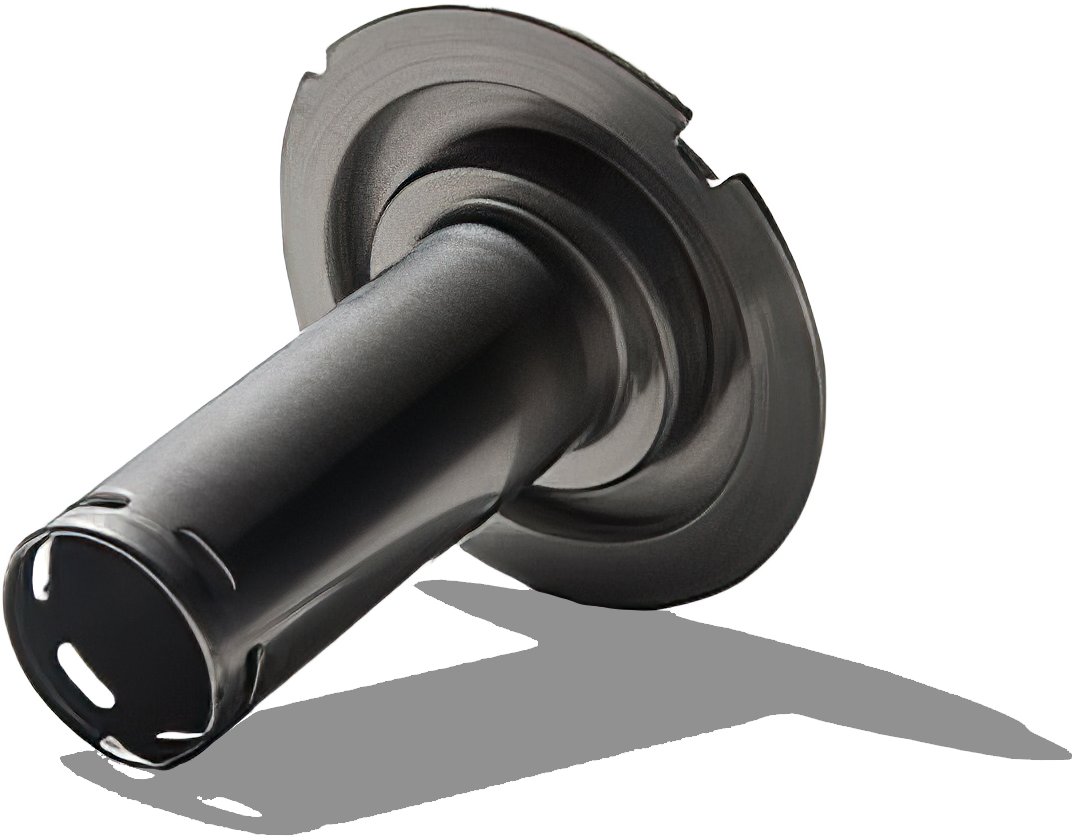Metal In Its
Finest Form.
Precisely Crafted Deep-Drawn Parts And Assemblies
A young, dynamic team and expertise from over 100 years of experience - OEKATECH develops and manufactures high-precision deep-drawn parts and assemblies. Creativity, innovation, and strong awareness of quality and economic efficiency make us a reliable partner for our customers worldwide.

Our Competencies
At One Glance:
| Machinery | Pressing force | Part geometry |
|---|---|---|
| 14 Multiple-die-presses 11 up to 22 work stages 2 Automatic punching presses 3 Hydraulic presses |
12.5 – 300 to. | Sheet thicknesses: 0.2 - 3 mm Part size: Ø5 mm - Ø150 mm Drawing dephts: up to 85 mm |
| Materials | Tool technology | Technologies |
|
|
|
Your Benefit: The Entire Value Chain At One Location
Starting at your individual product request, we offer tailored services from development to delivery.







